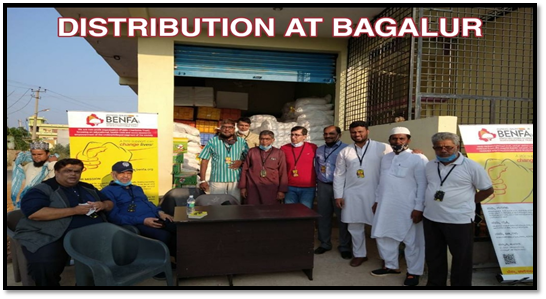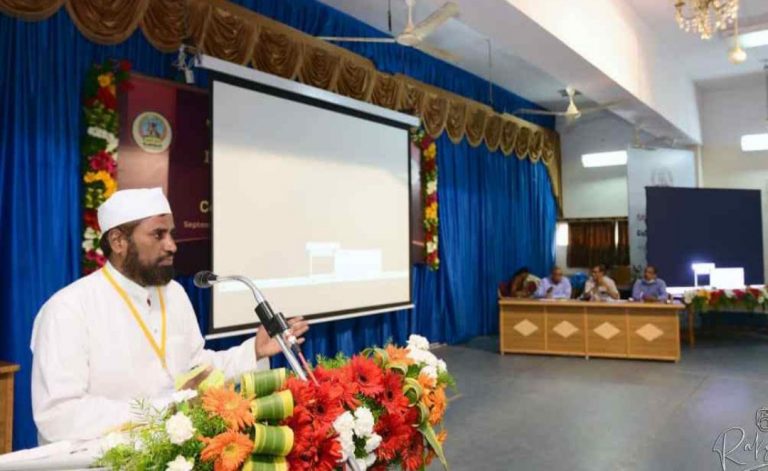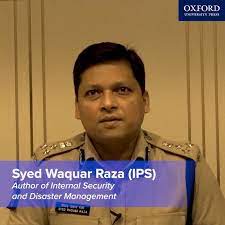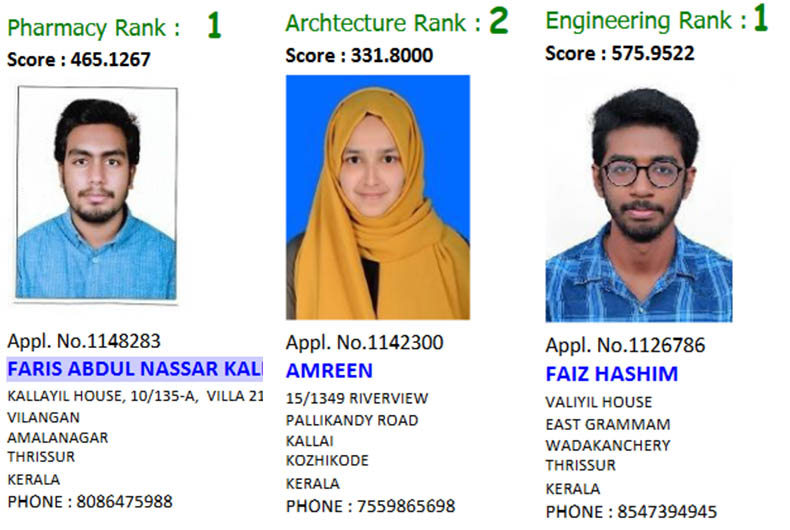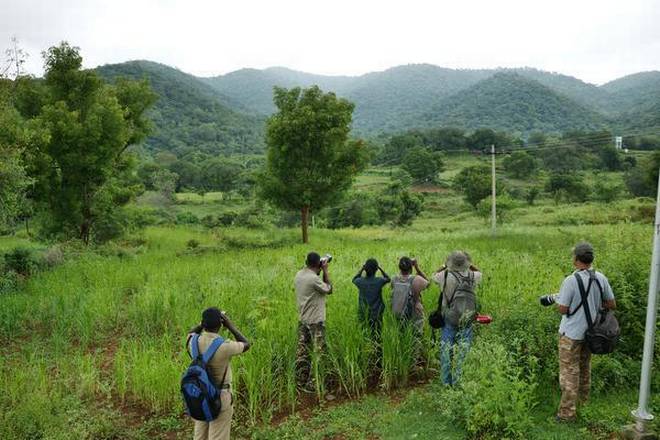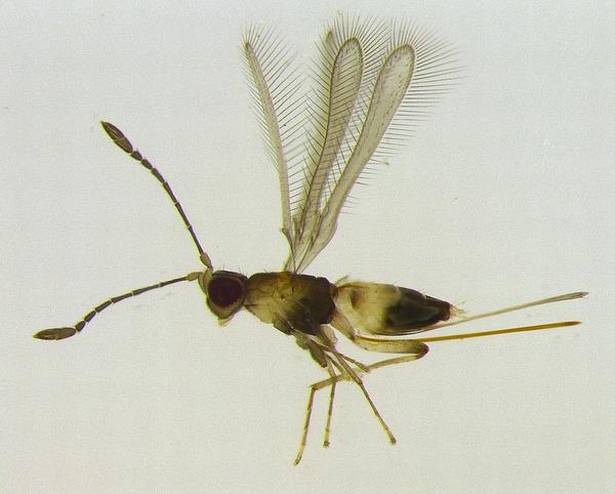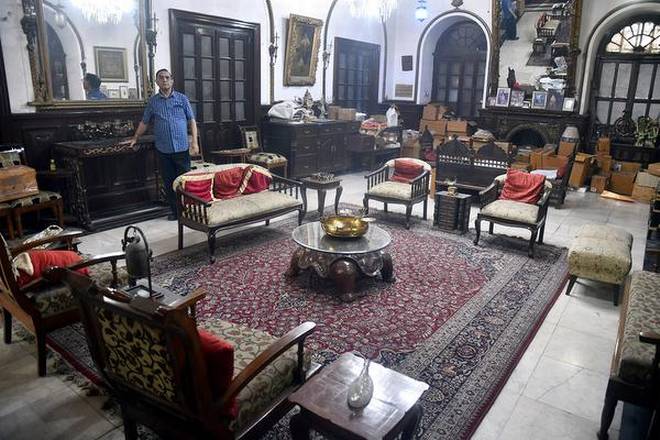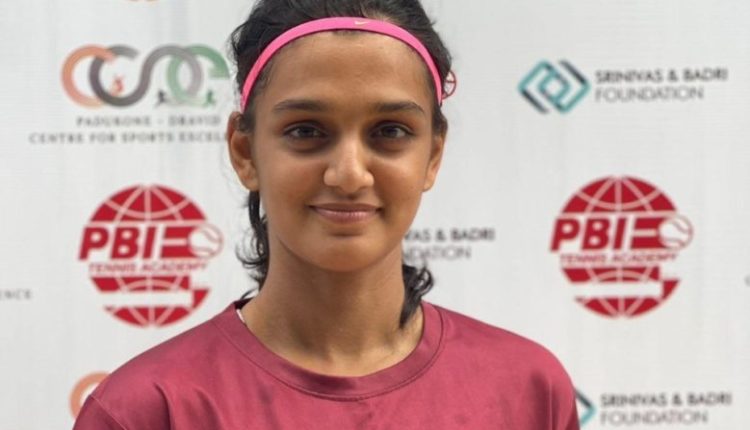Sujangarh (Churu District), RAJASHTHAN :
Justice Mohammad Rafiq practised exclusively in Rajasthan High Court in Jaipur in almost all branches of law specially conducted constitutional matters, service matters etc
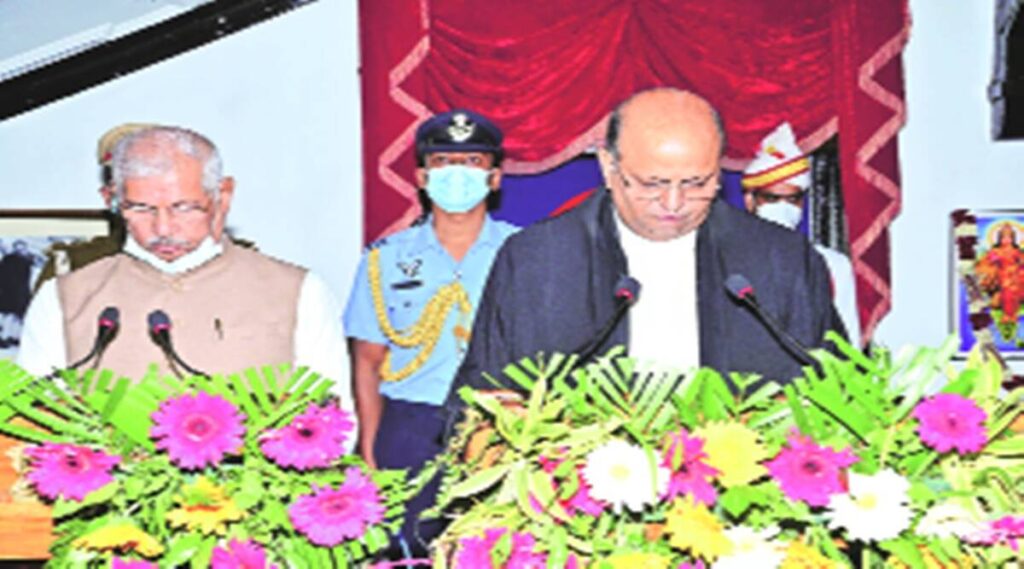
JUSTICE MOHAMMAD Rafiq was sworn in as the new Chief Justice of Himachal Pradesh High Court in Shimla on Thursday. He was administered the oath of office by Governor Rajendra Vishwanath Arlekar in a ceremony held at Raj Bhawan. Chief Minister Jairam Thakur and his wife Dr Sadhna Thakur was also present on the occasion.
Justice Mohammad Rafiq was born on May 25, 1960, at Sujangarh in Churu district of Rajasthan. He completed his B.Com in 1980, LL.B in 1984 and M.Com in 1986 from University of Rajasthan. He later joined the Bar and practised as advocate after enrolment with the Bar Council of Rajasthan on 8th July, 1984. He practised exclusively in Rajasthan High Court in Jaipur in almost all branches of law especially conducted constitutional matters, service matters, land acquisition cases, land revenue cases, preventive detention cases, customs and excise matters, railway claims cases, tax matters, company matters and criminal matters before the High Court.
He worked as assistant government advocate for the State of Rajasthan from July 15, 1986, to December 21, 1987, and deputy government advocate from December 22, 1987, to June 29, 1990. He appeared before the High Court as panel advocate for various departments of the state government for five years i.e. from 1993 to 1998. He also represented the Union of India as standing counsel from 1992 to 2001 before the High Court. He also represented the Indian Railways, Rajasthan State Pollution Control Board, Rajasthan Board of Muslim Wakfs, Jaipur Development Authority, Rajasthan Housing Board and Jaipur Municipal Corporation before the Rajasthan High Court.
He was appointed as additional advocate general for the State of Rajasthan on January 7, 1999, and worked as such till his elevation to the Bench. He was appointed as Judge of the Rajasthan High Court on May 15, 2006. He also worked as Acting Chief Justice of Rajasthan High Court twice; from April 7, 2019, to May 4, 2019, and from September 23, 2019, to October 5, 2019. He was also the executive chairman of the Rajasthan State Legal Services Authority and the Administrative Judge of the Rajasthan High Court prior to elevation as the Chief Justice. He was the Chief Justice of the High Court of Meghalaya from November 13, 2019, to April 26, 2020. Justice Mohammad Rafiq was administered the oath of office of the Chief Justice of Orissa High Court on April 27, 2020, on being transferred from the Meghalaya High Court. He was administered the oath of office of the Chief Justice of the High Court of Madhya Pradesh on January 3, 2021, on being transferred from the Orissa High Court.
Urban Development Minister Suresh Bhardwaj, Judges of Himachal Pradesh High Court, Justice Vijay Kumar Shukla from Madhya Pradesh High Court, GoC-in-C, ARTREC Lt. General Raj Shukla, Advocate General Ashok Sharma, Chairman of various commissions, DGP Sanjay Kundu, Mayor Satya Kaundal, Chairmen and Vice-chairmen of various boards and corporations, Vice Chancellors, Seema Rafiq, wife of Chief Justice and family members of Chief Justice, senior officers of the state government and other prominent people were also present on the occasion.
source: http://www.indianexpress.com / The Indian Express / Home> Cities> Shimla / by Express News Service, Shimla / October 15th, 2021
